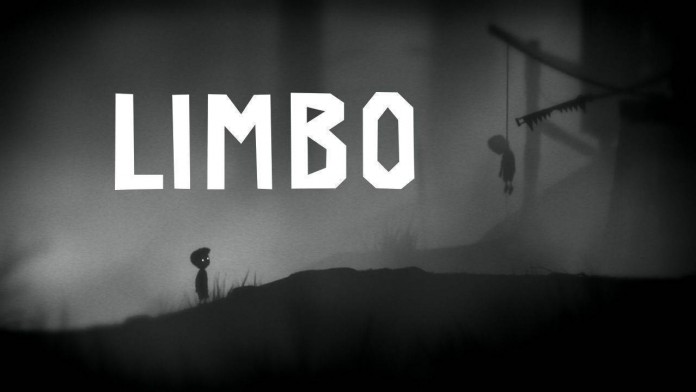“Limbo” is a puzzle-platformer game released by the Danish, indie developer, Playdead. The game centers around an unknown boy, who is walking through the “edge of hell” to find his sister. Plot wise, this game is extremely simplistic and minimalistic. Arnt Jensen, the game’s director, purposefully designed the game to be very simple in gameplay and design, as well as the plot and ending’s interpretation. Art wise, this game is phenomenal. While it also takes a simplistic and minimalistic art style, the wise choices made by the designers help not only effect the overall gameplay, but the mood as well. This is one of the few indie games that I have seen become popular mostly due to its incredible art style.

“Limbo” takes inspiration from the classics of film noir and German Expressionism. The game takes place almost entirely in black and white, except for the few instances where there is the slightest tint of blue. The style relies heavily on focus, silhouettes, and lighting to create the eerie effect of the world in which the unknown boy, and the player, travels. Almost the entire world is placed under a pure black silhouette, including the main character, whose main focal point is his pure white eyes. The lighting is also very dark for most of the game, and the focus abruptly shifts as the player moves. There is also a black, blurry border and grainy texture that adds to the game’s film noir style. This causes a suspenseful and eerie effect which not only creates the atmosphere of the game, but actually affects the overall gameplay. The constant silhouettes causes hazards, like bear traps, and monsters, like spiders, to be easily hidden within the trees or grass. Therefore, the player usually doesn’t see the impending doom right away and has a startling and gruesome death. The unknown boy is also the only human seen throughout the game. Any other human either runs away from him, tries to kill him, or is already dead. This creates a feeling of isolation in the player, much like in “Alice: Madness Returns”. Overall, the game does a beautiful job of creating a disturbing and unsettling atmosphere in a very simplistic and minimalistic manner.

Like the physical art style, the music for “Limbo” is also quite simple, yet effective. At the beginning of the game, there is no music. Instead, the only sound the player hears is the crunching of the unknown boy’s feet as he walks, along with the sounds of him moving objects. As the game progresses, music slowly becomes incorporated. While it is usually too low to be noticed, it does become an important factor when the player is put into a stressful situation, such as being chased by a giant spider. The music is incredibly disturbing and creepy in its simplicity, which keeps the style of the game continuous. Like all good video game soundtracks, this one also stands well on its own, though more for background noise than anything else.
“Limbo”’s gameplay seems to be very heavily based on its art style. Jensen stated that he had three goals when creating this game. One was to only have jumping, grabbing, and walking be the only controls of the game. This keeps the gameplay simple and helps the player focus on the surroundings as well as the eerie plot. This proves that a game doesn’t have to be incredibly complex in its gameplay to be great. One other goal was to have a minimalistic art style that didn’t require three-dimensional models. This helped focus on the gameplay and keep the controls smooth. Having these smooth controls helps distract the player from the fact that they are, in fact, playing a game. Even having the different levels and save points be unnoticeable helped prove that the game was an art form. The last goal of Jensen’s was that there would be no tutorial or explanation on how to play the game, so the players would have to figure it out on their own. Having no text pop up and explain the game also helps contribute to the ideal that this is an art form, and distract from the fact that it’s a game. The lack of introduction to a character, speaking, and plot description leaves the game up to incredible interpretation.

If there’s anything to be said about art as a whole, it’s that it’s up to interpretation. All forms of art, whether it is photography, painting, or music, is up to interpretation as the viewer seems fit. All of the focal points of this game help prove that video games are, indeed, an art form. However, many people critic this game because of how far it drives away from the traditional video game. While it has the same basic concepts and controls of a platformer, the lack of plot and description leaves players feeling unsettled. The abrupt ending also makes players feel as though it is too different from the normal video games that everyone enjoys, as if the designers focused too much on the art aspect of the game. But most people love this game for all that it is. It’s important for video games to expand beyond the norm, and this game is a great example of that. It’s no wonder that it’s become one of the most popular indie games of all time.
